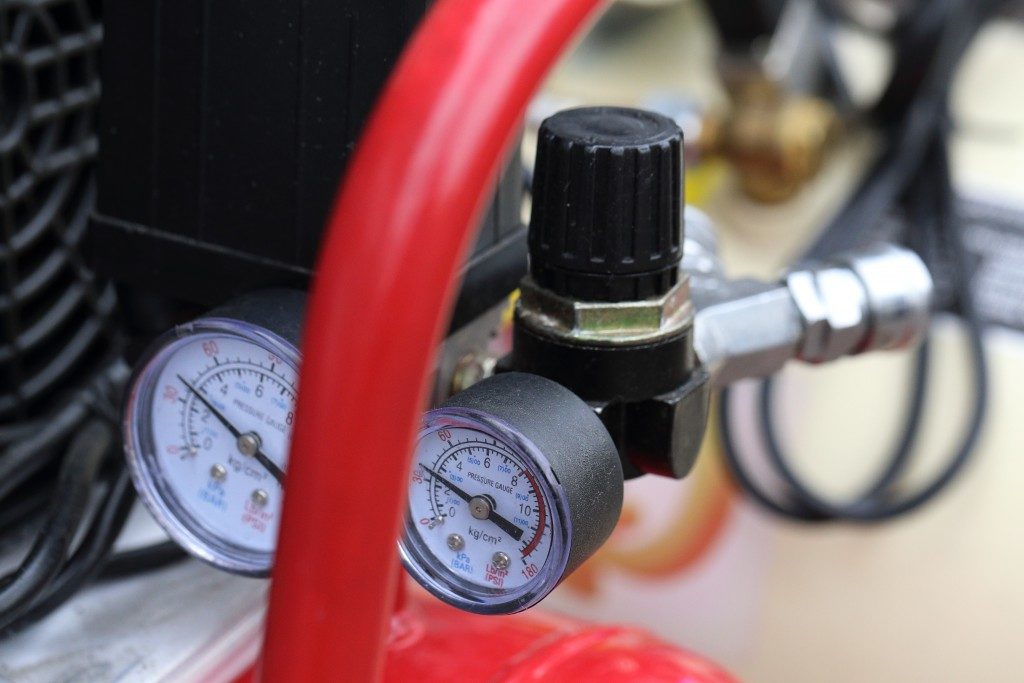Electromagnetic flow meters have a broad range of advantages over older mechanical flow meters that make them suited to a variety of different industrial and institutional applications. Mechanical meters, however, are advantageous in specific fields.
In the past, various sectors have relied on mechanical flow meters to measure the velocity of the flow of fluids in a pipe network. These meters relied on numbers generated from the current passing through an assortment of moving parts within the meter; their movement or velocity is then used to determine the rate of flow.
In general, most industries have started moving away from mechanical flow meters in favor of the more accurate electromagnetic flow meters. Mechanical flow meters are at risk of damage over a prolonged period of use, which can affect the accuracy of their readings and require regular constant maintenance to remain reliable.
Commonly called mag meters, electromagnetic flow meters measure the current of a conductive liquid through a specially designed lined flow tube, which reacts with a magnetic field created by the flow tube to create a voltage. The strength of this voltage is dependent on the velocity of the flow of the liquid. Besides being more accurate, mag meters have no moving parts within them, which offers several advantages over its mechanical counterparts. Mag meters display many advantages in multiple industrial settings, although they are not without their limits. Besides being lower-maintenance, mag meters also consume significantly less power.
Suspensions
Nowhere is this more prominent than in measuring liquid suspensions and slurries. Because mag meters do not have moving parts, they can easily measure the flow of fluids suspensions and slurries, which a high volume of solid content without causing any damage to the meter itself. Meanwhile, mechanical flow meters are at risk getting their internal mechanisms worn, clogged, or damaged by the suspended solids, which if used, would lead to expensive maintenance and replacement costs.
In these applications, mag meters are often the only suitable choice for this application. Some of these applications include wastewater treatment, mining, and pulp and paper production, which handle water-based slurries with regularity.
Viscosity
In addition, mechanical meters cannot adequately function when measuring viscous fluids, the flow of which may not be sufficient to move the parts with enough speed to accurately measure its rate of movement. Mag meters can perform remarkably well when regulating and tracking the flow of viscous fluids, though they may not readily be suited for low-velocity flows because of the way they measure the speed of currents.
Conductivity

Mechanical meters, however, have a distinct advantage in other applications where the key functions of mag meters cannot apply. In addition, they are also limited to liquids with high conductivity (approximately five microsiemen/cm). Without a sufficient amount of flow from a conductive liquid, mag meters cannot function. The opposite is also true; a highly conductive or magnetic fluid can create inaccurate readings by producing a voltage much greater than that of its flow.
Mag meters cannot measure the flow of nonconductive liquids like hydrocarbons, gasses, or steam; indeed, the presence of gasses can cause errors in representing the actual speed of the fluid.
Adverse Conditions
Mag meters can often perform well in hazardous conditions. Besides being suited for acids and bases, these meters can also accurately measure the flow rates of explosive or combustible liquids that are sufficiently conductive.

